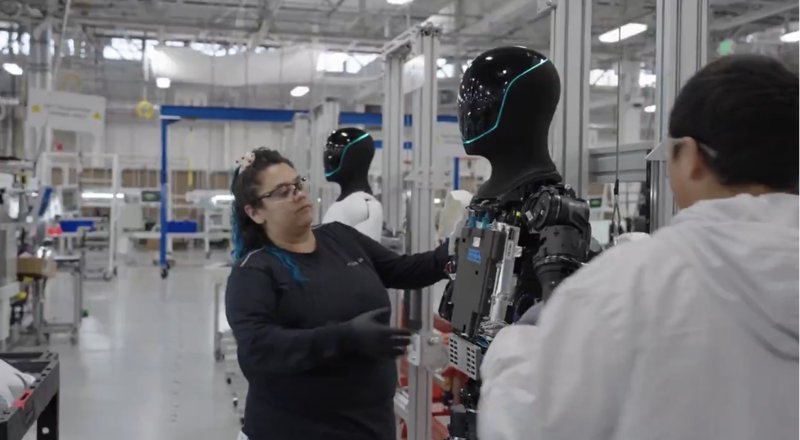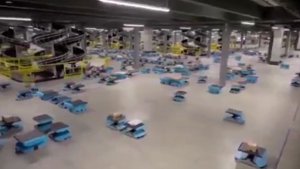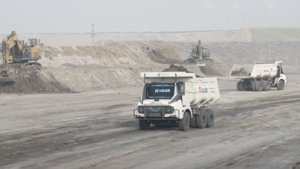While Europe is busy scheduling its next committee meeting, Tesla, Inc. is, rather inconveniently for their agenda, actually building robots. Recent glimpses of the Optimus humanoid robot pilot production line in Fremont, California, have sparked a proper kerfuffle about the ever-widening chasm between American execution and European deliberation. The images of humanoids being assembled like cars, coupled with CEO Elon Musk’s recent projection of the pilot line churning out up to one million units annually, stand in stark contrast to the EU’s veritable labyrinth of regulatory frameworks and ethics boards.
Robotics insider Ilir Aliu, never one to mince his words, absolutely nailed the prevailing sentiment: “America and China build robots. Europe builds committees.” His no-holds-barred critique shines a spotlight on a simmering frustration within the European tech scene. The continent possesses world-class talent, no doubt, but that talent is increasingly hamstrung by a culture that appears to prioritise preemptive regulation over the simple act of getting on with iterative progress. The core issue isn’t a lack of grey matter, but rather a chronic case of being denied the green light to deploy it at anything resembling pace, thereby creating a self-imposed innovation ceiling.
Why This Is More Than Just Robot Shenanigans
This isn’t just about Tesla or one humanoid robot, you see. It’s a real-time masterclass in diverging innovation philosophies. The US and China are engaged in a high-stakes race to automate, viewing robotics as critical infrastructure for future economic and manufacturing dominance. Europe, bless its cotton socks, is rather dangerously teetering on the brink of regulating itself straight into irrelevance. By optimising for absolute safety and theoretical ethical perfection, it may well end up perfectly safe but, crucially, entirely left behind. The real rub here is that while some folks are busy actually building the future, others will be perpetually stuck drafting the minutes of the meeting about how they might eventually get around to building it.






